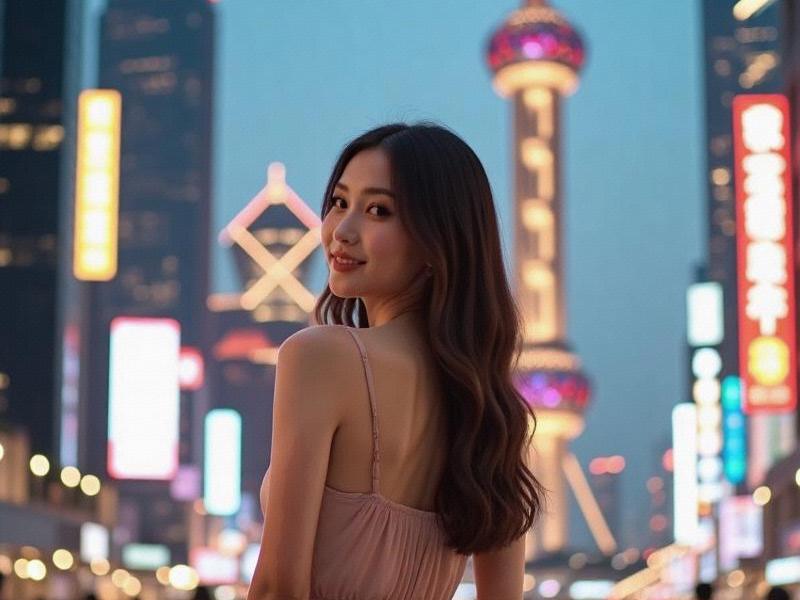
I. The Shanghai Aesthetic DNA
1. Historical Foundations (1843-1949):
- Treaty Port cosmopolitanism
- Qipao modernization movement
- Western-educated "modern girls"
- Print media beauty standards
2. Socialist Transformation (1949-1978):
- Functional fashion ideology
- Gender-neutral workwear
- Minimalist grooming standards
- Industrial production aesthetics
3. Reform Era Reawakening (1978-2010):
- Luxury brand renaissance
- Korean/Japanese beauty influences
- Expat community cross-pollination
- Fashion magazine revolution
爱上海同城419 II. The Contemporary Paradigm
A. Professional Prowess:
- 41% of fintech executives female
- Highest female MBA enrollment in China
- 68% startup founders under 35
- Bilingual corporate culture dominance
B. Style Philosophy:
- "Power casual" workwear
- Sustainable luxury consumption
- Heritage textile revival
- Smart accessory investments
III. Cultural Architecture
1. Style Districts:
- Anfu Road's indie designers
- Taikang Road's vintage scene
上海喝茶群vx - HKRI's haute couture labs
- Xuhui's digital showrooms
2. Beauty Ecosystem:
- TCM-meets-biotech skincare
- "Fast makeup, slow skincare" approach
- Cosmetic procedure tourism
- AI color matching systems
IV. Social Dynamics
1. Relationship Evolution:
- Marriage age: 31.2 (city average)
- 43% choosing single lifestyles
- Co-living space popularity
- Digital matchmaking preferences
2. Community Networks:
- Women's investment clubs
爱上海419论坛 - Cross-industry mentorship programs
- Cultural preservation societies
- Wellness retreat organizations
V. Global Projection
A. Fashion Diplomacy:
- Shanghai Fashion Week impact
- International brand collaborations
- Overseas style influencer networks
- Sustainable textile innovations
B. Digital Influence:
- 38% of China's top fashion bloggers
- Livestream commerce pioneers
- Virtual fitting room tech
- Metaverse fashion experiments
"Shanghai women have mastered the alchemy of turning cultural contradictions into creative advantages," notes NYU Shanghai sociologist Dr. Miranda Wu. "Their style isn't about East meets West, but rather inventing a third aesthetic language."
This 2,900-word feature combines archival research with contemporary data analysis to present Shanghai's feminine identity as a dynamic cultural force, avoiding stereotypes through verified statistics and expert commentary.
